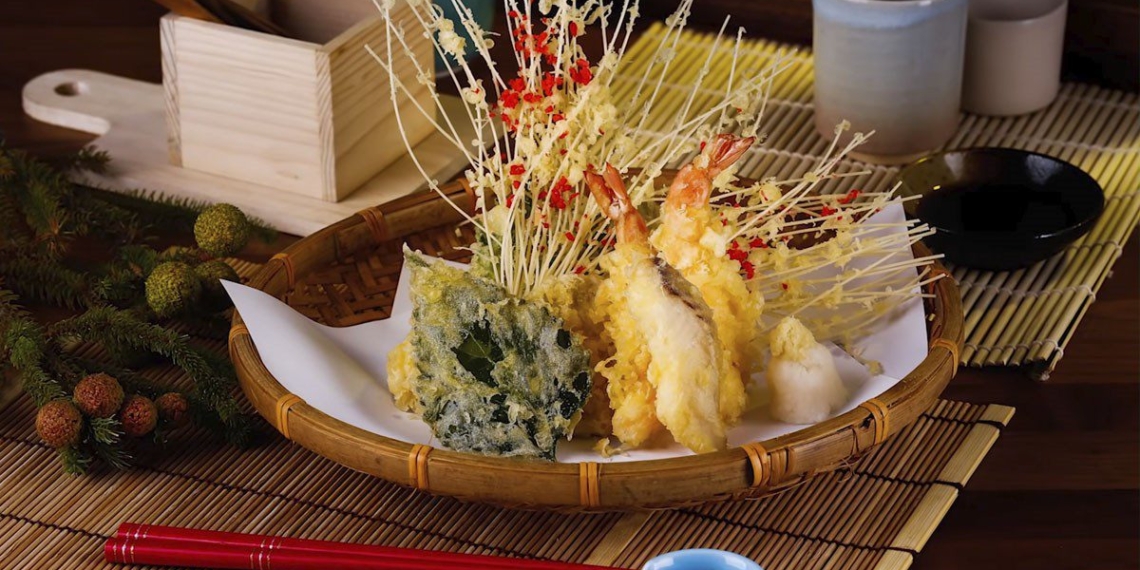On the weekend, let’s cook and learn 2 ways to make crispy and delicious shrimp and vegetable seafood tempura and chicken to treat the whole family. The recipe and method are extremely simple with just a few steps, let’s make these 2 delicious fried dishes with TasteVN!
1. Shrimp and Vegetable Seafood Tempura
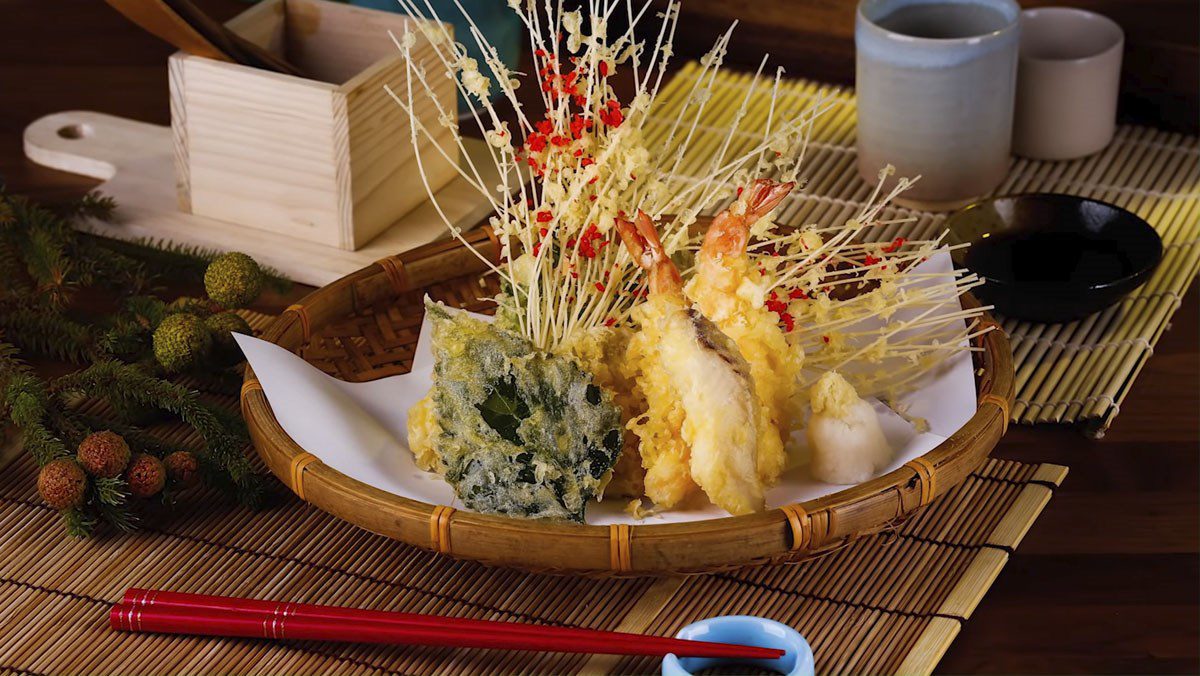
-
Preparation
40 minutes
-
Difficulty
Medium
Ingredients for Shrimp and Vegetable Seafood Tempura For 4 people
Fish fillet 50 gr Carrot 20 gr Eggplant 5 gr Squid 1 piece Taro 5 gr Yellow sweet potato 5 gr Shrimp 40 gr Perilla leaves 20 gr Mustard greens 20 gr (cải cúc) Chicken egg 1 piece Tempura flour 150 gr Somen noodles 20 gr Cooking oil 500 ml Red ginger 5 gr
How to choose fresh and delicious ingredients
How to choose fresh shrimp
- If buying frozen shrimp, you should choose shrimp that still have all their parts, feel firm, and have a natural softness (to avoid buying shrimp that has been injected with gelatin to increase weight) and especially should not have a fishy or spoiled smell.
- Choose live shrimp to ensure freshness, with shiny shells, looking strong and healthy; when squeezed, the shrimp should have elasticity, and the shell should not be too soft.
See details: How to choose fresh shrimp and how to store fresh shrimp in the refrigerator for the longest time
How to choose fresh squid
- Color: Choose squid that has a dark brown color and a shiny surface.
- Firmness: Fresh squid will be highly elastic and firm. You can press your finger into the body of the squid; if it is fresh, the squid will return to its original state.
- Squid eyes: Fresh squid has clear, bright white eyes, and you can see the pupil in fresh squid.
- Squid tentacles: To distinguish fresh squid by its tentacles, pay attention to the suckers on the tentacle feet. The more suckers attached to the tentacle feet, the fresher your squid is.
How to choose good eggplant
- You should choose eggplants with intact skin, shiny, smooth, and uniform in color.
- When picked up, they should feel firm, not too light; if you press lightly on the skin and it’s not too hard and no liquid comes out, you can buy it.
- Choose those that still have the stem at the top; these are fresh eggplants.
- You can gently press the eggplant with your hand; if it leaves an imprint on the skin, it is ripe and should not be chosen because it will be easily mashed and not tasty when cooked.
How to choose good taro
- Size: Choose tubers that are medium-sized, not too big or too small.
- Shape: Choose those that are round and egg-shaped, with rough skin, many roots, and dirt sticking to the skin.
- Color: Choose taro that has a milky white inside with many purple veins.

How to make shrimp and vegetable seafood tempura
-
Preparation of seafood
Fillet the fish you bought, rub it lightly with salt, then rinse clean and drain. Use a knife to slice thinly about 1cm thick.
Cut off the shrimp’s head, peel the shell, then use a small knife to make a shallow cut along the back to remove the shrimp’s intestine; gently squeeze the shrimp body to let the intestine stick out a bit, then pull it out with your hand.
Clean the shrimp and drain, then use a knife to cut the shrimp legs, then gently squeeze and pull to make the shrimp straight. Be careful not to cut too deep as it will sever the shrimp.
Quick tip for removing the black vein on shrimp’s back
- Count backwards from the shrimp’s tail to the second groove connecting the two shell segments, insert a toothpick through this position and gently pull the black vein to remove it.
- You don’t need to use a knife to cut along the shrimp’s back; you can also use a toothpick to pry out the head part of the shrimp body to see the black vein. Gently pull this black thread out, and the shrimp will be clean.
To clean the squid, first, you need to rinse the squid briefly in water to remove dirt. Then, hold the tentacles and pull them away from the body.
Next, you need to remove unnecessary parts such as the ink sac, membrane, brown digestive sac, and backbone. After that, rinse again with diluted saltwater to ensure cleanliness while also eliminating the fishy smell of the squid.
Drain, cut the squid in half, use a knife to score a diamond pattern on the squid body, and then cut the squid into bite-sized pieces.
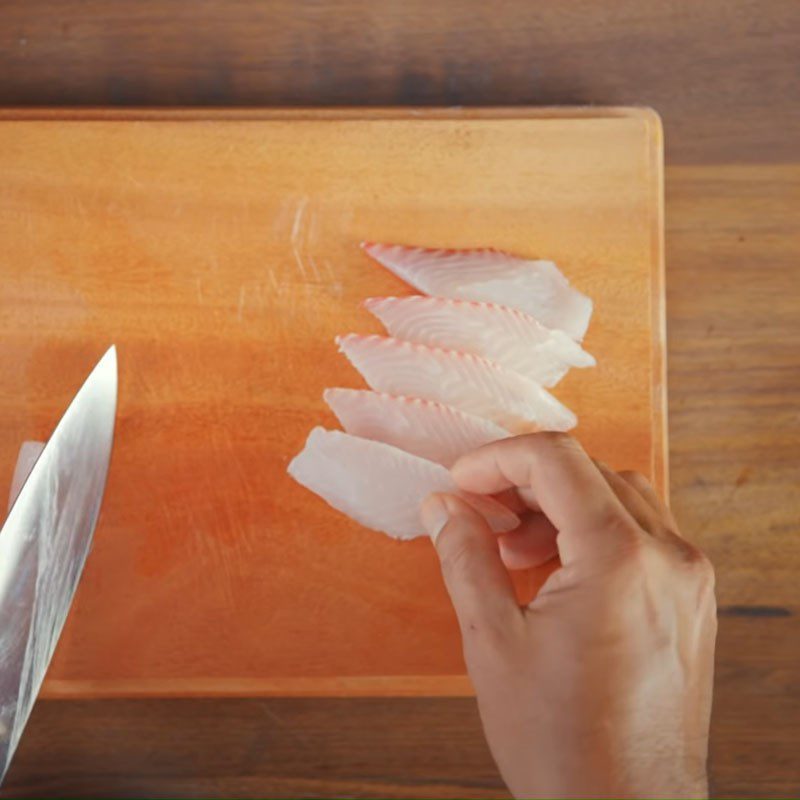
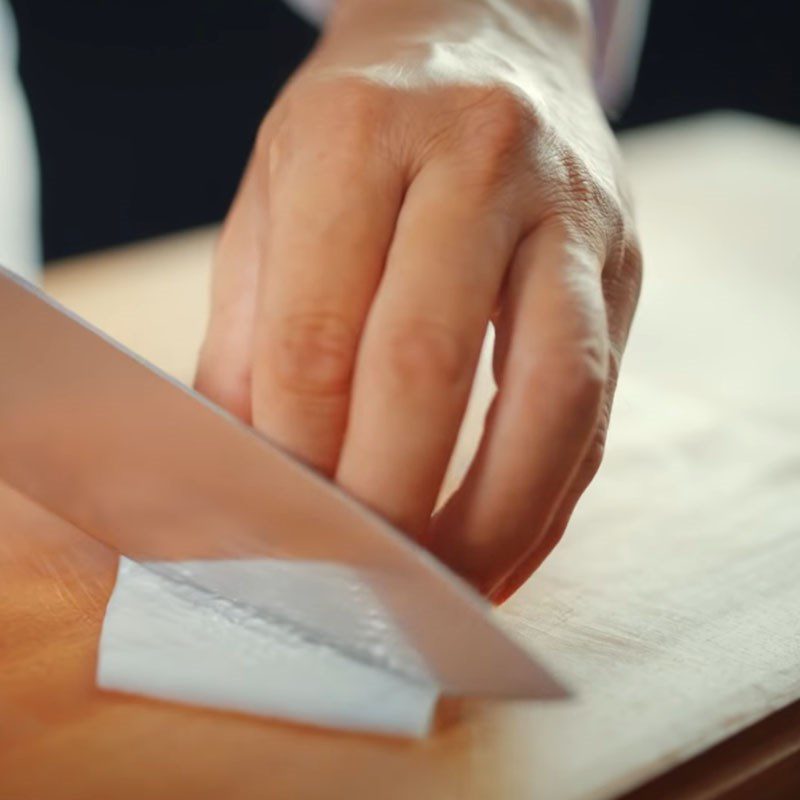

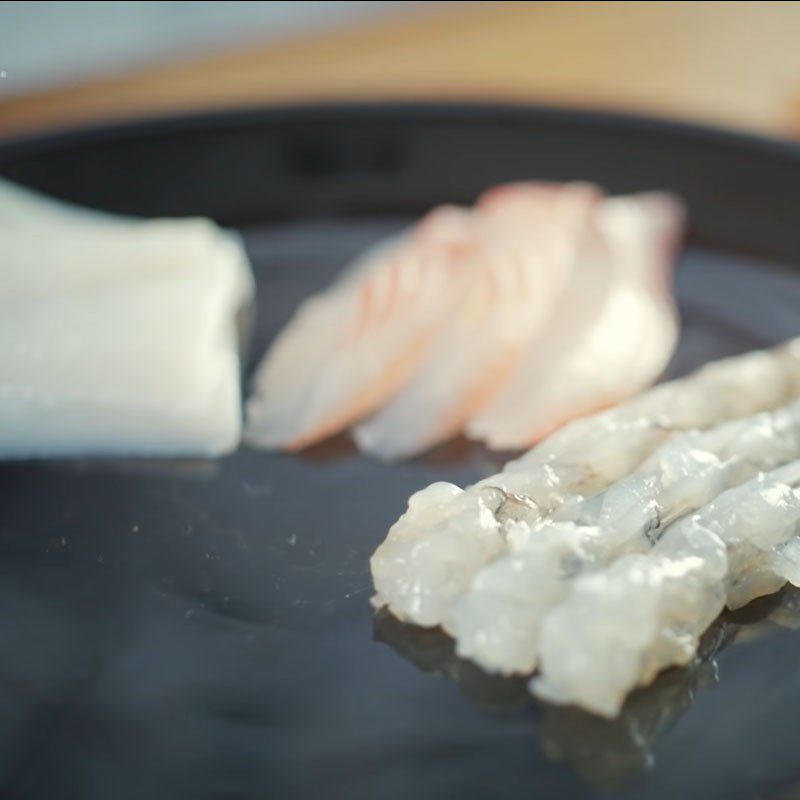
-
Preparation of Vegetables
Eggplant cut into small pieces, then remove the seeds, use a knife to make slits, being careful not to separate the strands.
Carrots washed clean, peeled, sliced, then shaped for aesthetics.
Shiso leaves, and Vietnamese coriander soaked in salt water for about 15 minutes and then rinsed clean.
Somen noodles should be briefly blanched in boiling water for about 2 – 3 minutes to soften the noodles.
Taro and yellow sweet potatoes washed clean, peeled, and cut into round slices about 1cm thick.
Soak all the cut ingredients in salt water for about 15 minutes, then remove and rinse with cold water and let drain.
Tips for preparing eggplant, sweet potatoes, and taro to prevent browning:
To prevent sweet potatoes and eggplant from browning when peeled, ensuring the aesthetics and quality of the dish, soak them in a bowl of salt water mixed with lemon or vinegar; this will help reduce the sap in the sweet potatoes and eggplant, making them whiter and more visually appealing.
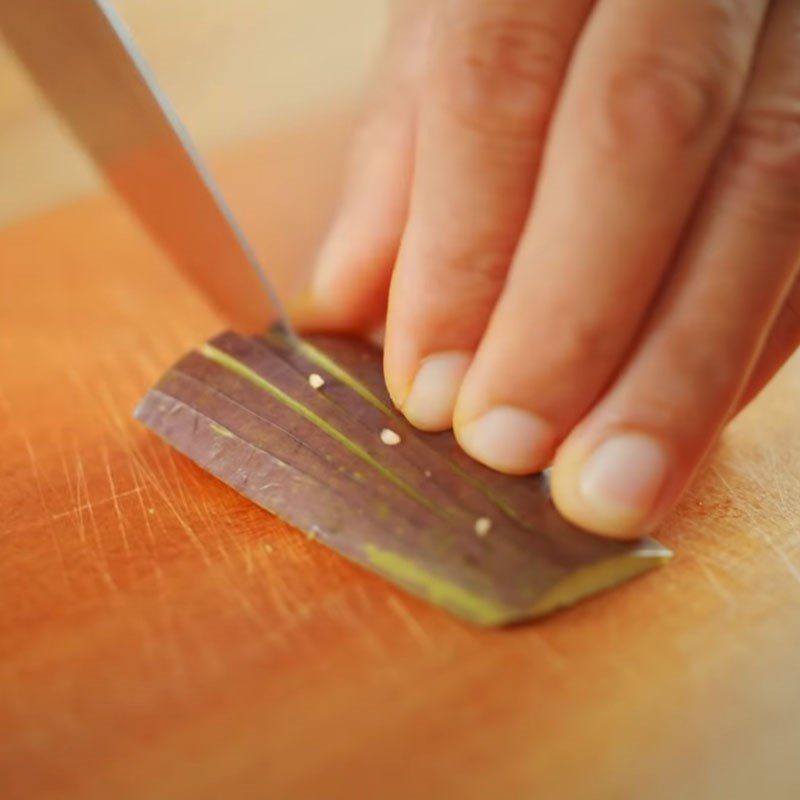
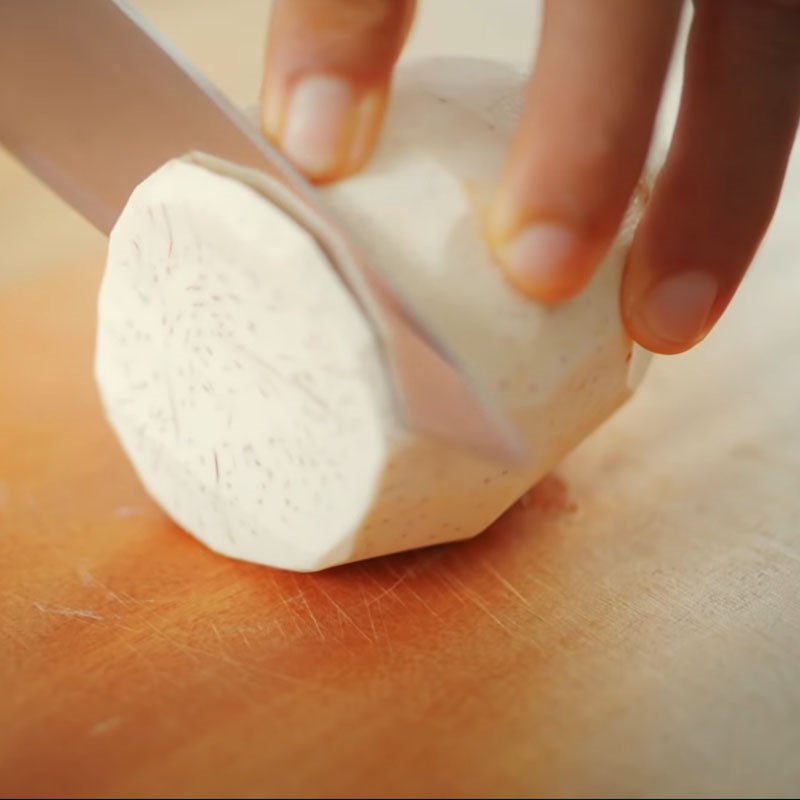
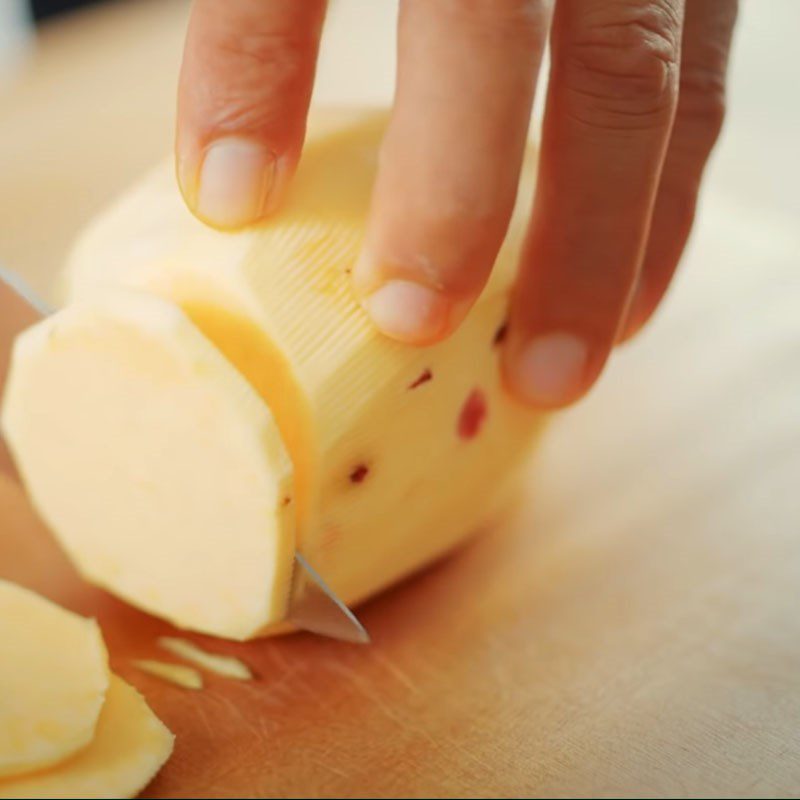
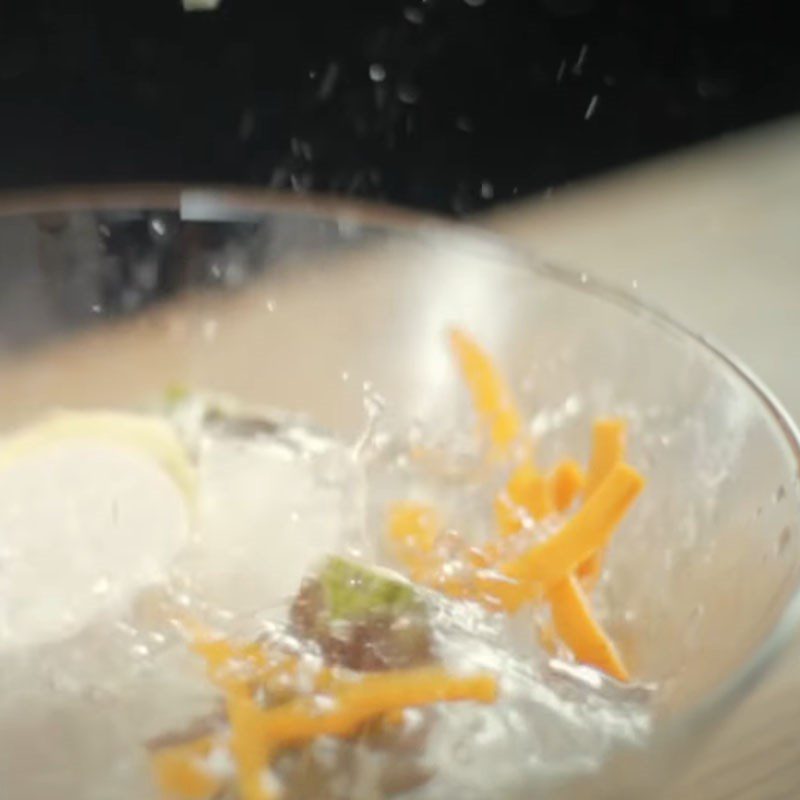
-
Dipping Batter
In a large bowl, add 100g of tempura flour, 1 egg yolk, and 220ml of water, then use a whisk to mix until you get a smooth batter.
Coat the ingredients with a layer of dry tempura flour, then gradually dip the ingredients into the tempura flour and the beaten egg mixture, ensuring that the batter coats the ingredients evenly.
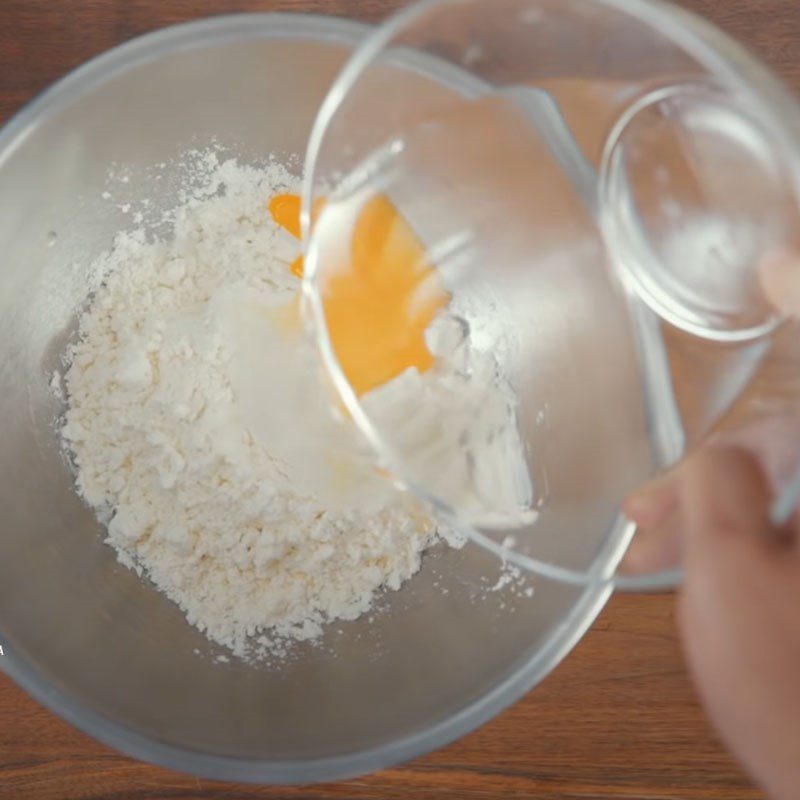
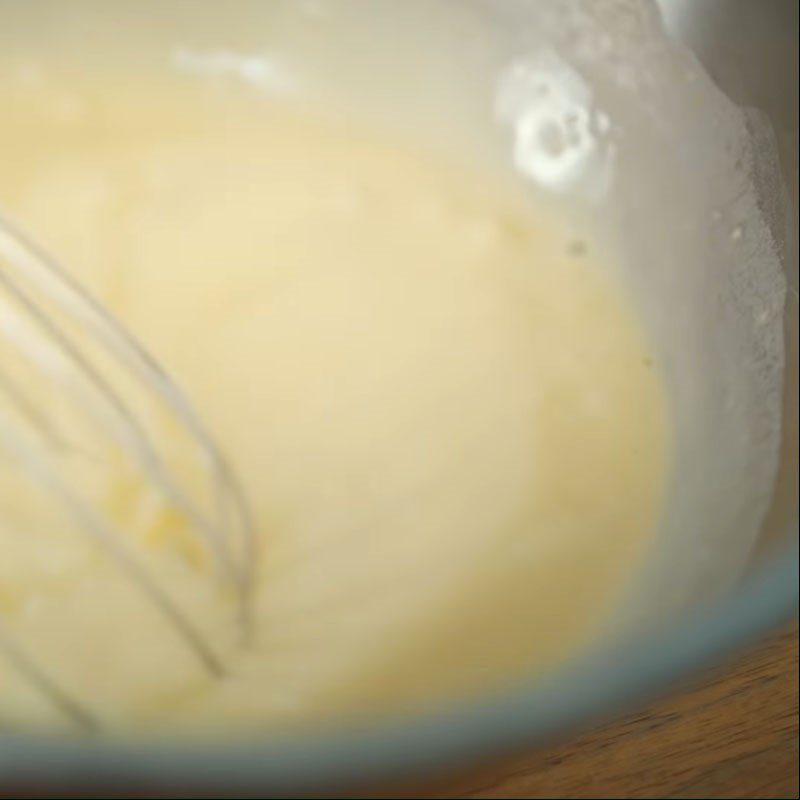
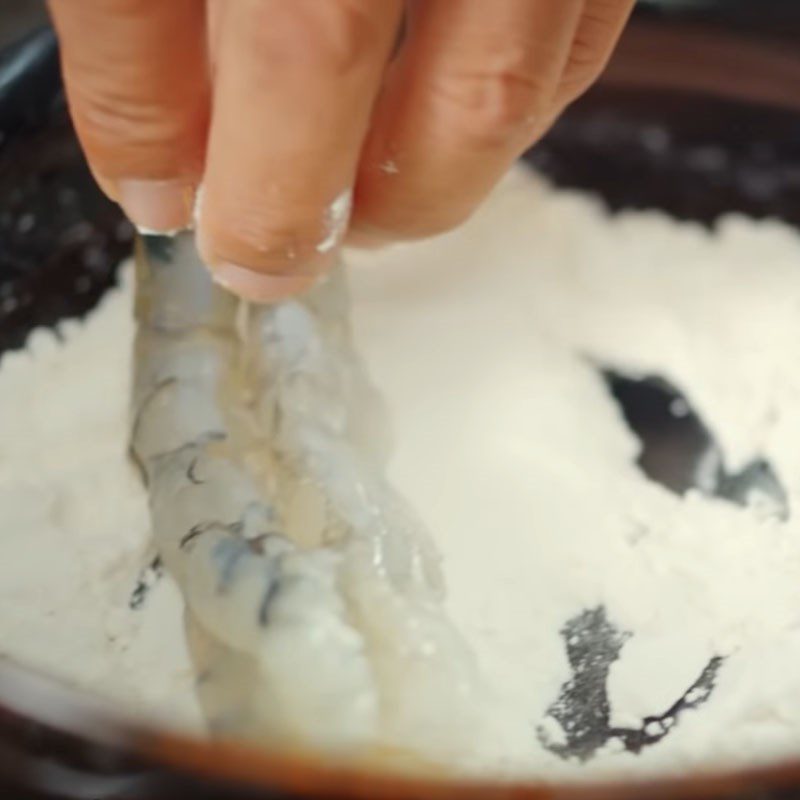
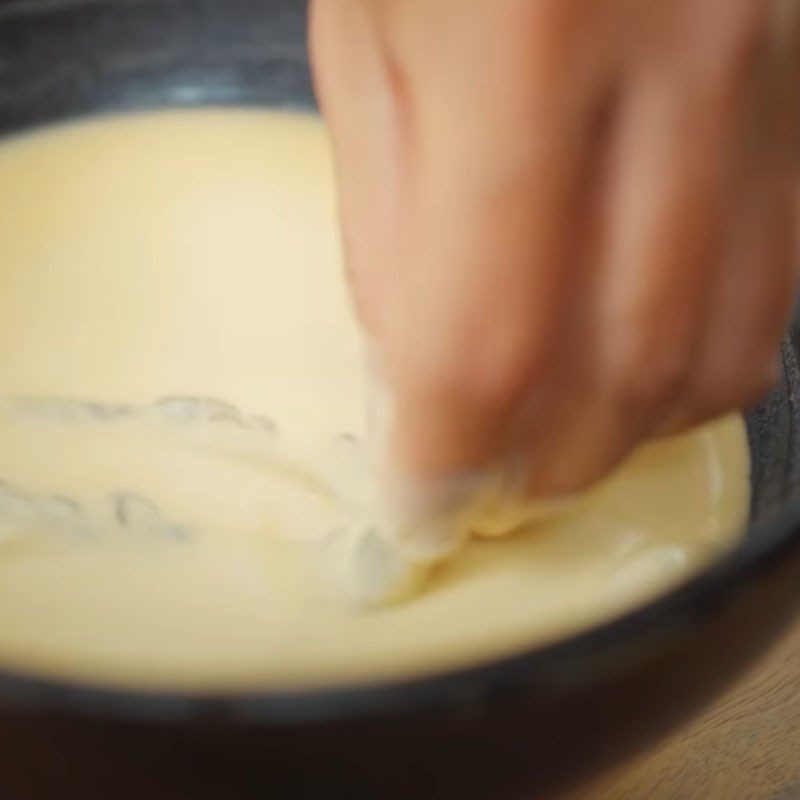
-
Frying Tempura
Place a pan on the stove, add cooking oil, and once the oil is hot, gradually add the vegetables, shrimp, and squid to fry in the hot oil until the ingredients are golden brown, then remove and drain the oil.
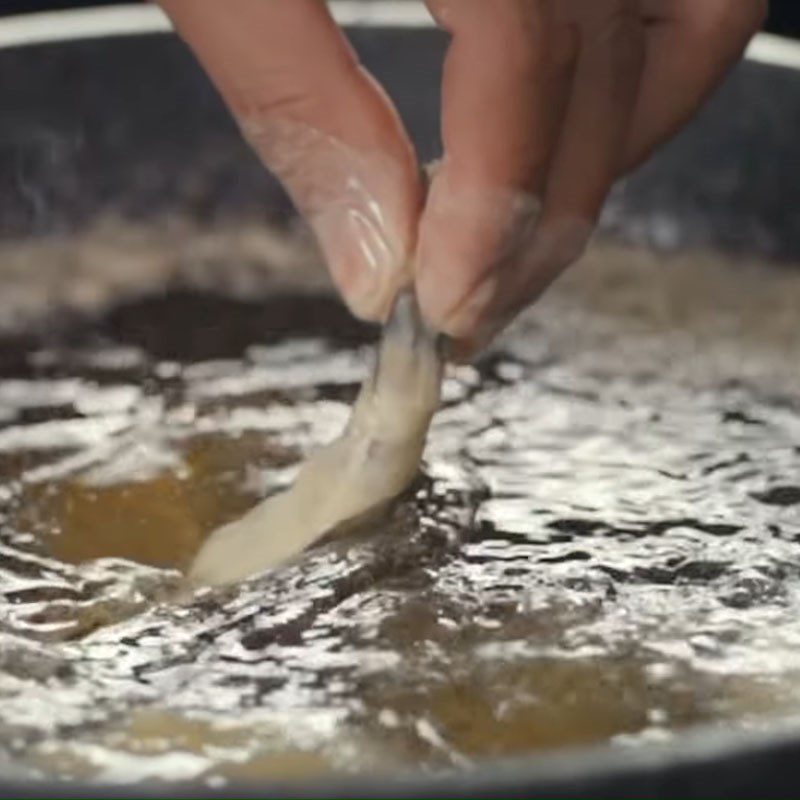
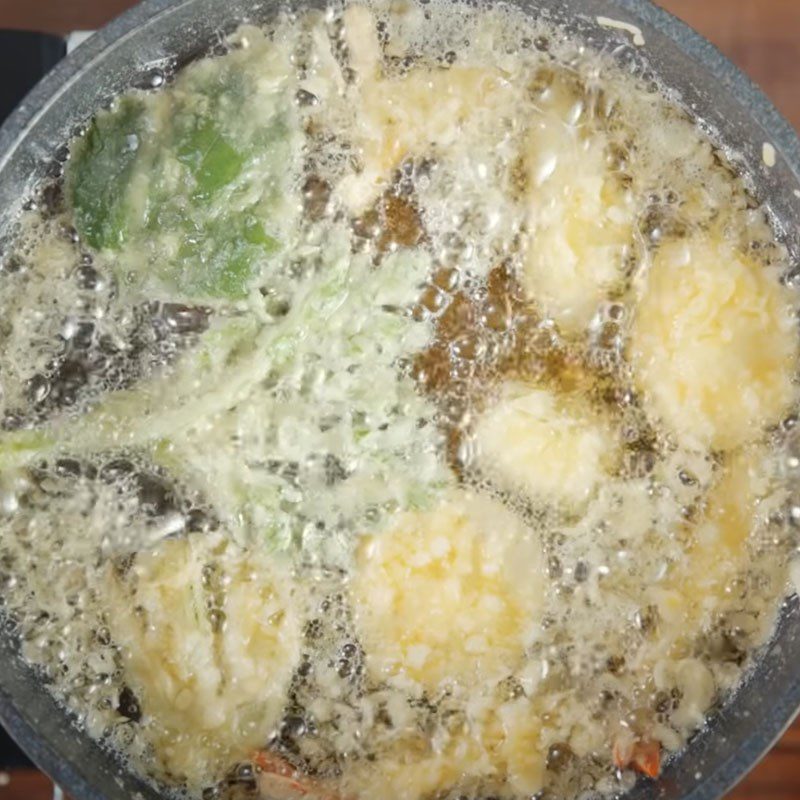
-
Finished Product
The tempura shrimp and vegetable seafood after completion has an eye-catching yellow color. The outer layer is crispy, while the shrimp, squid, fish, and various vegetables inside are cooked evenly and not dry at all. This dish is served with chili sauce or ketchup, ensuring it is extremely attractive!
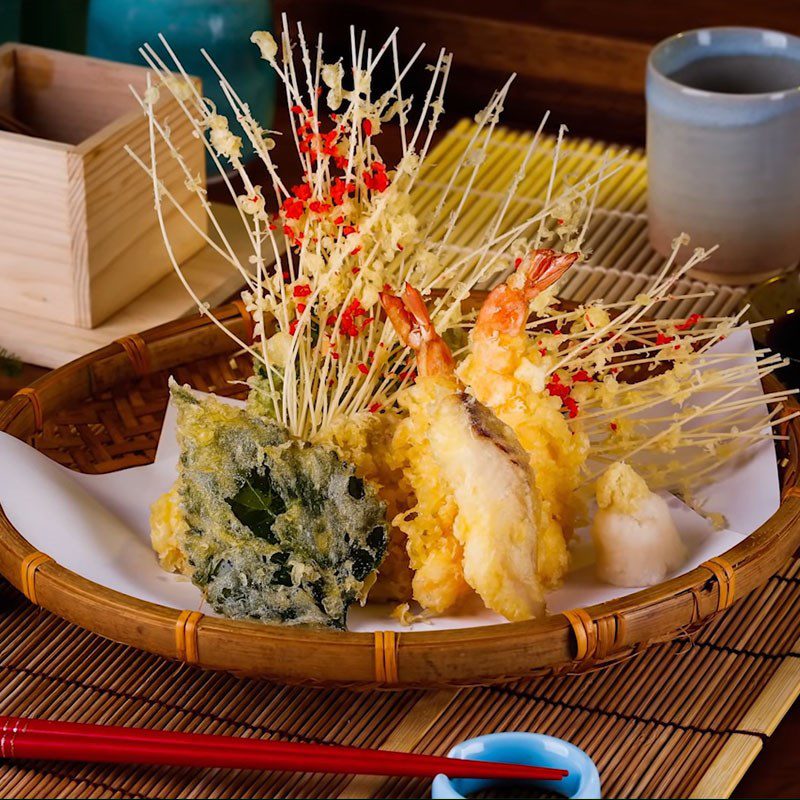
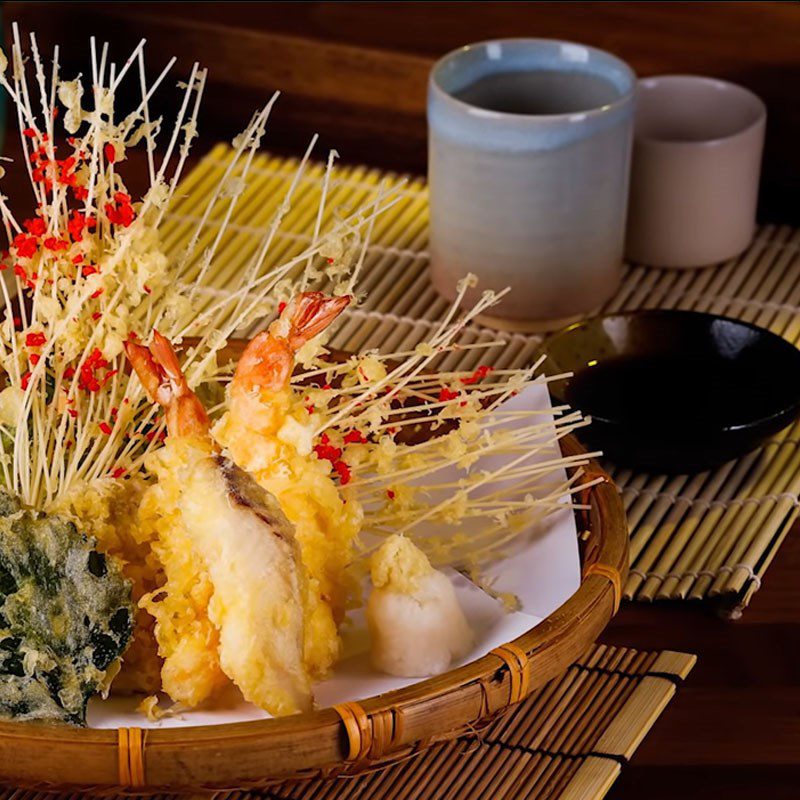
2. Chicken Tempura

-
Preparation
40 minutes
-
Difficulty Level
Easy
Ingredients for Chicken Tempura For 2 people
Chicken breast 220 gr Sake 1 tablespoon Minced garlic 1 teaspoon Grated ginger 1 teaspoon Egg 1 piece All-purpose flour 3 tablespoons Potato starch 1 tablespoon Salt 1/2 teaspoon Baking powder 1/4 teaspoon Sugar 1/2 teaspoon Cooking oil 200 ml
How to Choose Fresh and Delicious Chicken Breast
- To select good chicken breast, choose a piece with white skin as this indicates that the chicken is mature and the meat will be chewier and tastier. When pressing on the meat, it should be elastic, not soft.
- Avoid choosing pieces with many white streaks; the more streaks there are, the less fat and protein it contains, and it will be harder for the meat to absorb the seasoning when cooked.

How to prepare Chicken Tempura
-
Prepare chicken breast
Remove the skin from the chicken breast you bought, wash it with water, then rub salt evenly over the piece of breast and rinse it with clean water to eliminate the fishy smell, let it drain or use a clean towel to dry.
Use a fork to poke all over the meat, then pound the meat with the back of a knife, and proceed to cut the chicken breast into small bite-sized pieces about 1.5 – 2cm thick.
Tip: Pounding the chicken with a fork and knife helps make the chicken tender and thin, allowing it to absorb the seasoning quickly and shorten the cooking time.
Tips for preparing chicken breast without odor:
- After rubbing with salt, you can use a mixture of rice wine and sliced ginger, crush it while rubbing and squeezing the entire piece of breast again to eliminate any odor and dirt. Rinse clean and let it drain.
- Alternatively, you can add lemon to the water and soak the chicken breast for 15 – 20 minutes. After that, remove it, rinse with cold water, and let it drain.
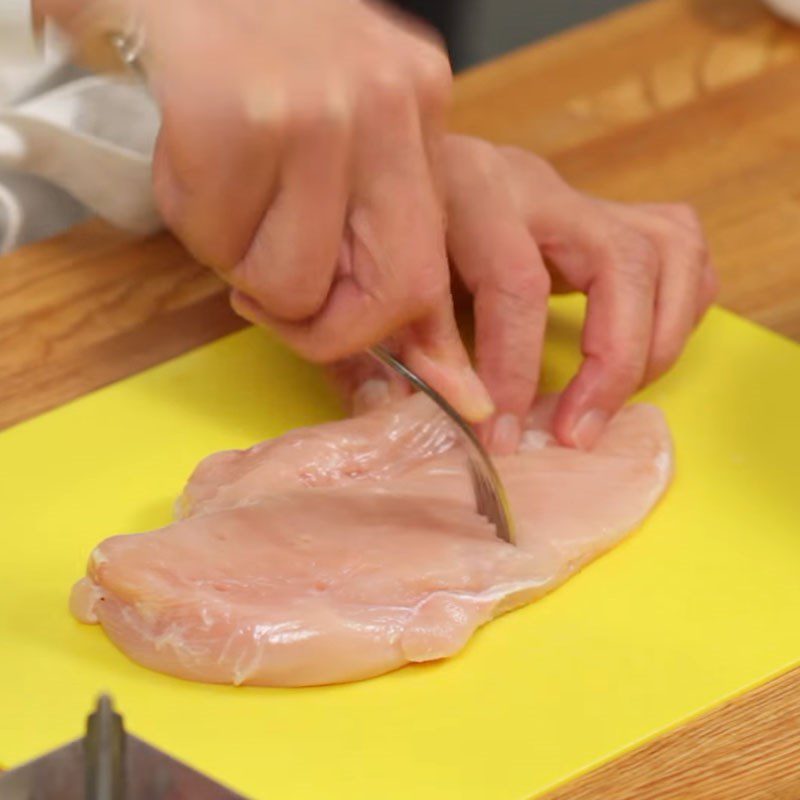
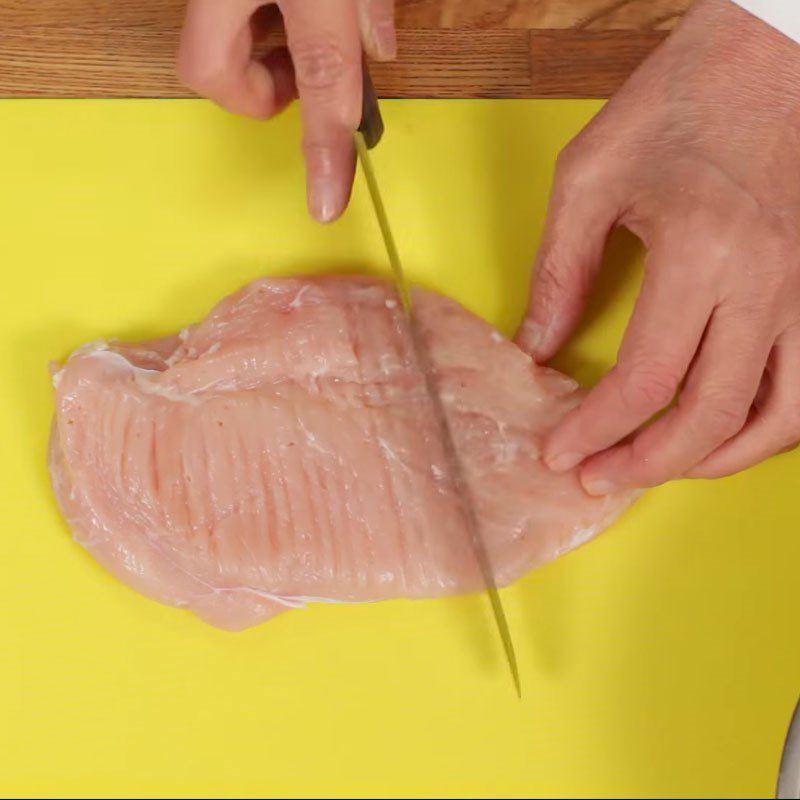
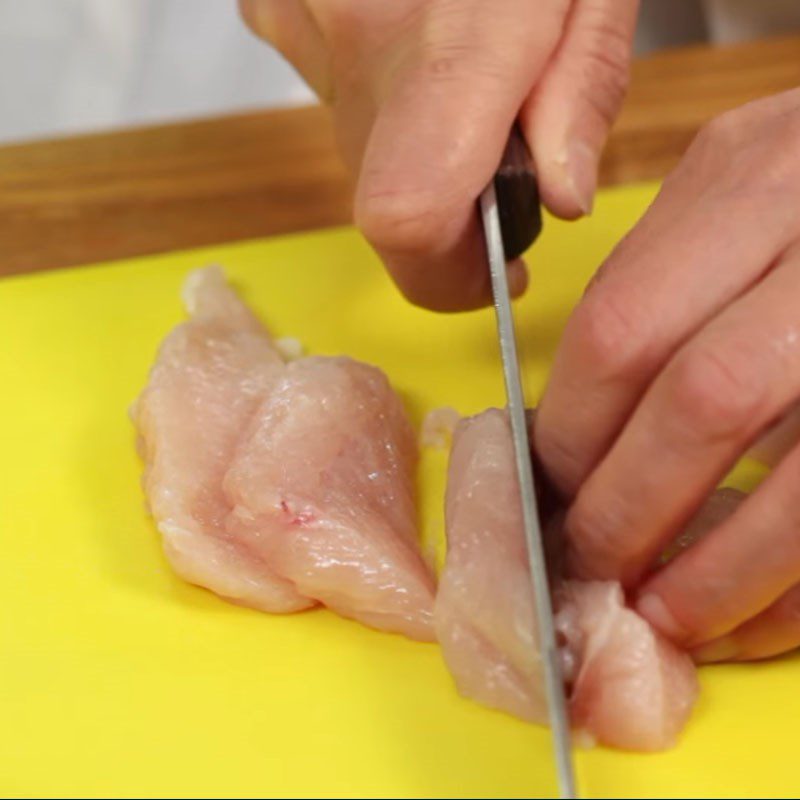
-
Marinate chicken breast
After cleaning, place the chicken pieces in a bowl. Add 1/2 teaspoon of salt, 1/2 teaspoon of sugar, 1 tablespoon of sake, 1 teaspoon of minced garlic, and 1 teaspoon of minced ginger.
Mix well and marinate the chicken for about 30 minutes to absorb the seasoning.
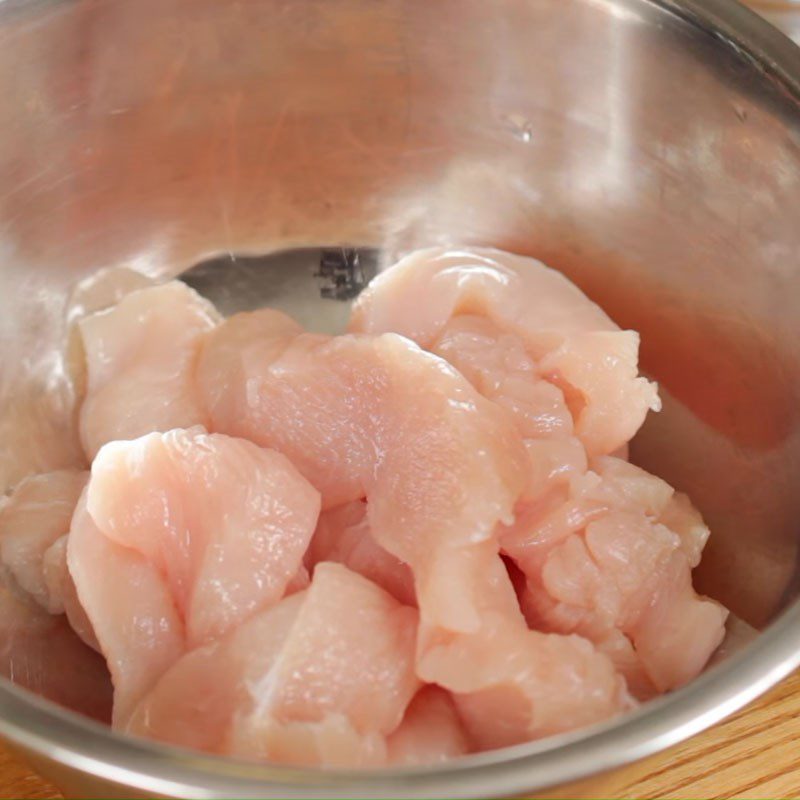
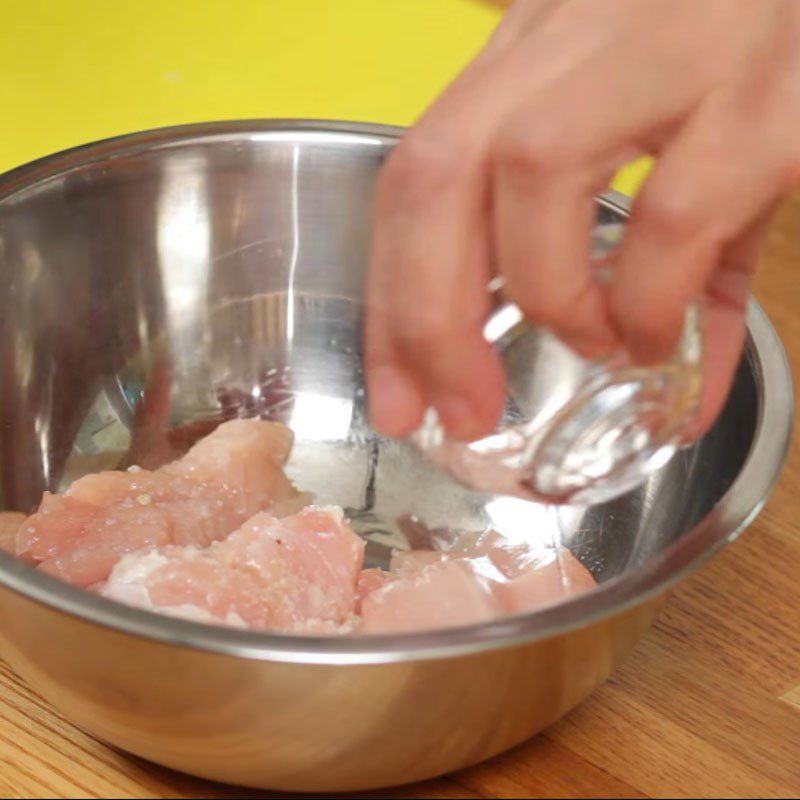
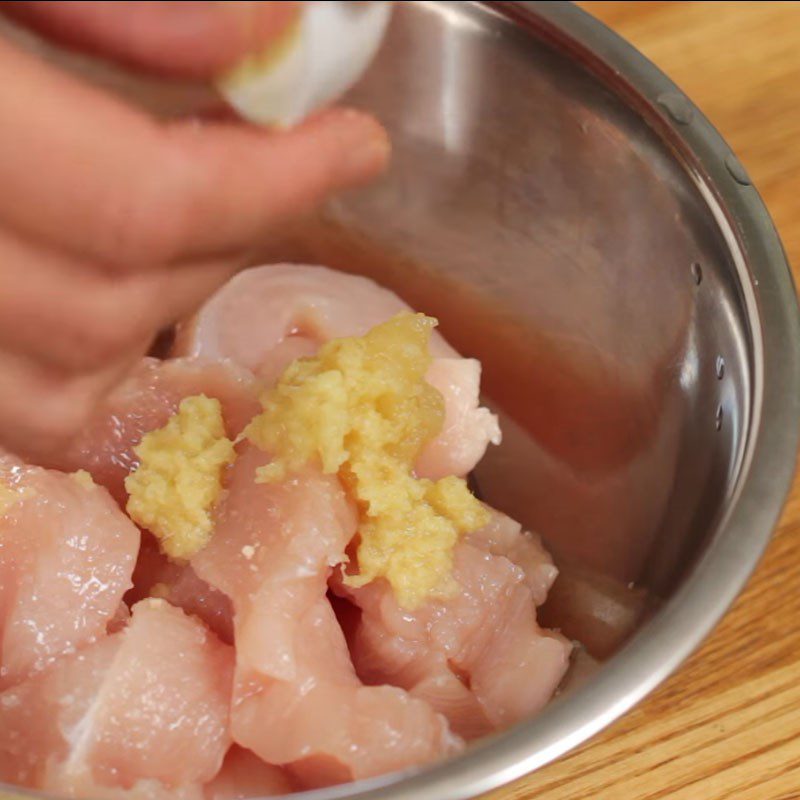

-
Dipping in batter
Sift the mixture of flour, potato starch, and baking powder into a bowl.
Beat 1 chicken egg with 55ml of water, then slowly add it to the flour mixture, using a whisk to stir until the batter is smooth and thick, then stop.
Tip: Adding baking powder to the flour mixture helps the chicken to have a crispy and fluffy outer layer after frying.
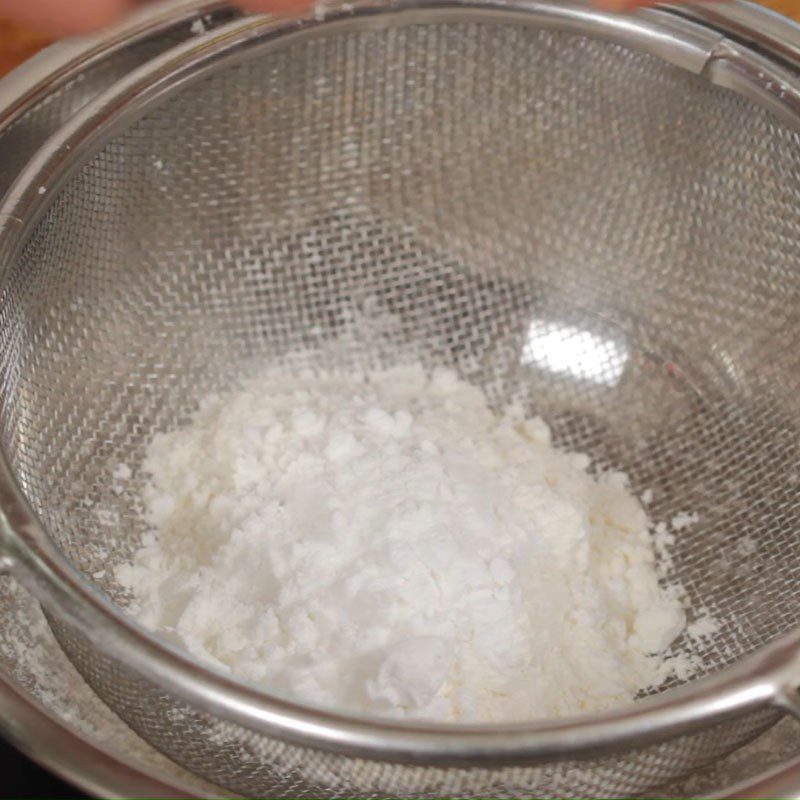

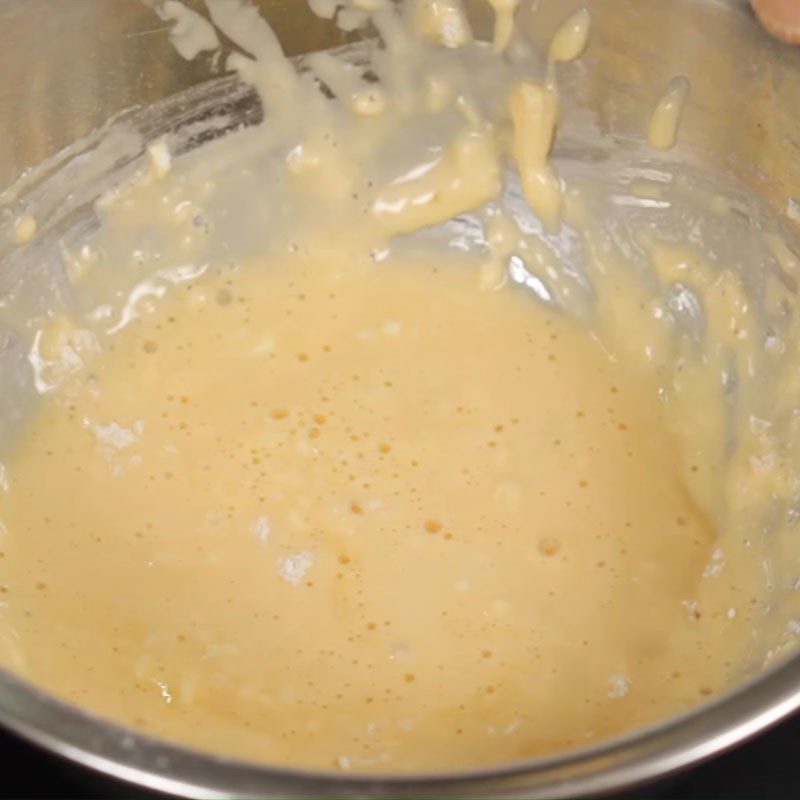

-
Frying the Tempura chicken
Heat a pan with oil, once the oil is hot, drop each piece of tempura into the oil and fry on medium to high heat until the chicken is golden brown, then remove and drain the oil.
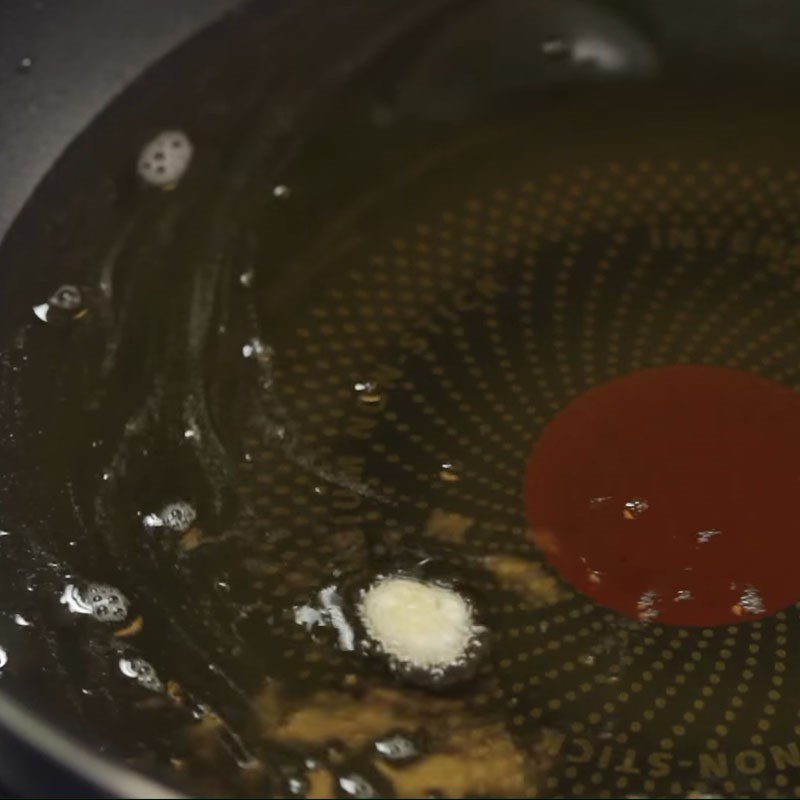
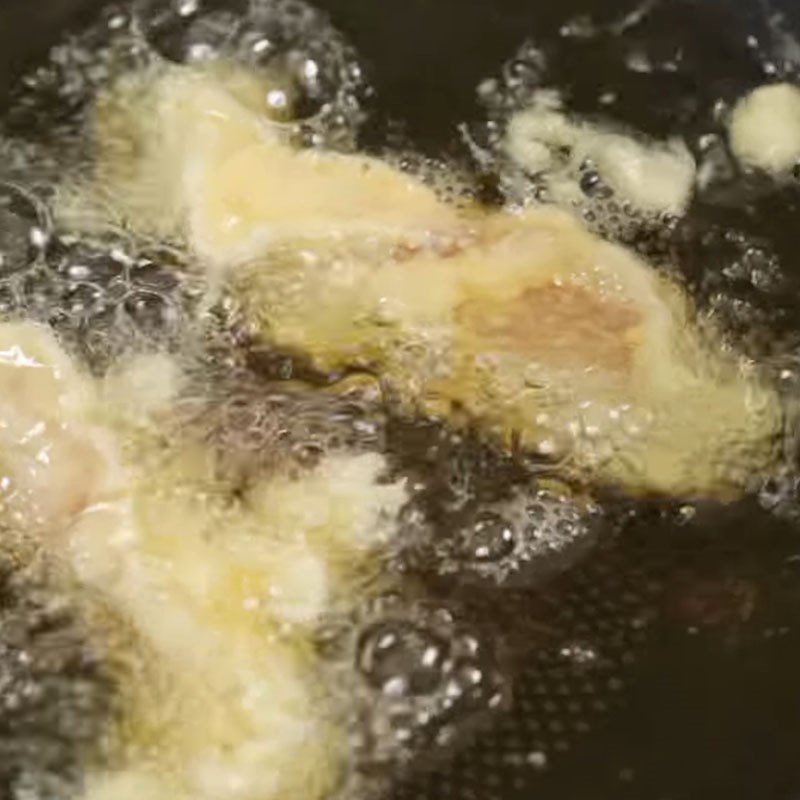
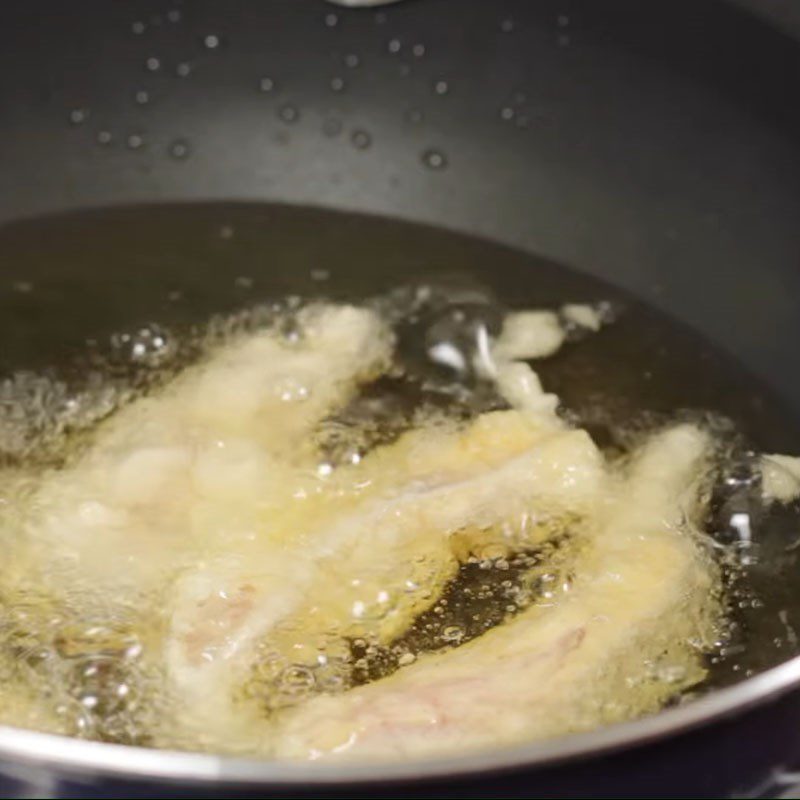
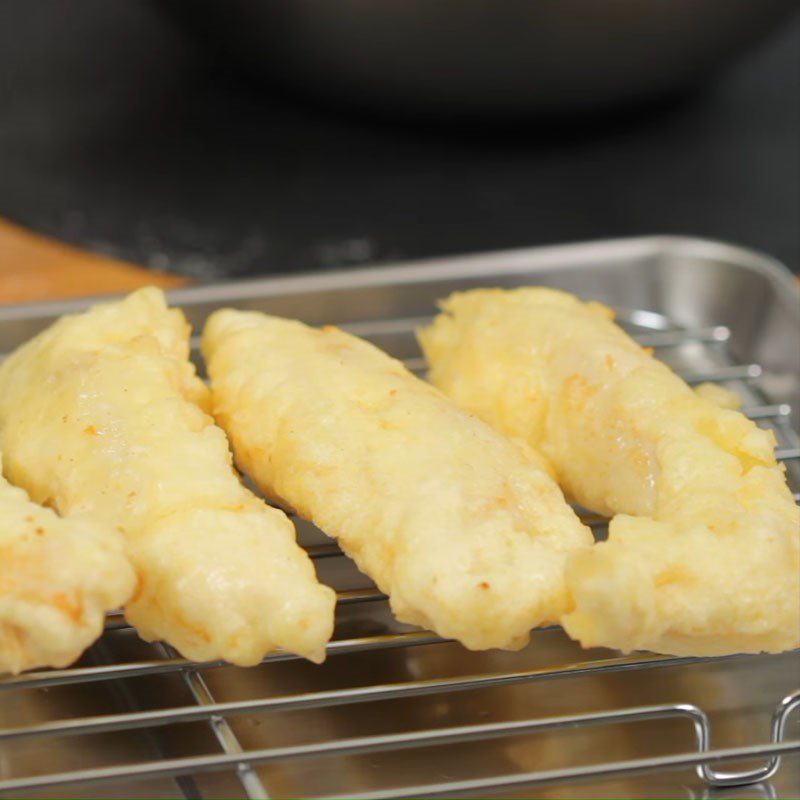
-
Final Product
Arrange the chicken tempura on a plate with side vegetables, and decorate it to make it look appealing to finish.
Fried chicken tempura is incredibly attractive, with a crispy outer layer, tender and sweet chicken inside, rich in flavor. You can serve this dish with a bit of cabbage salad, cucumber, and shredded carrot mixed with vinegar oil to enhance the taste!


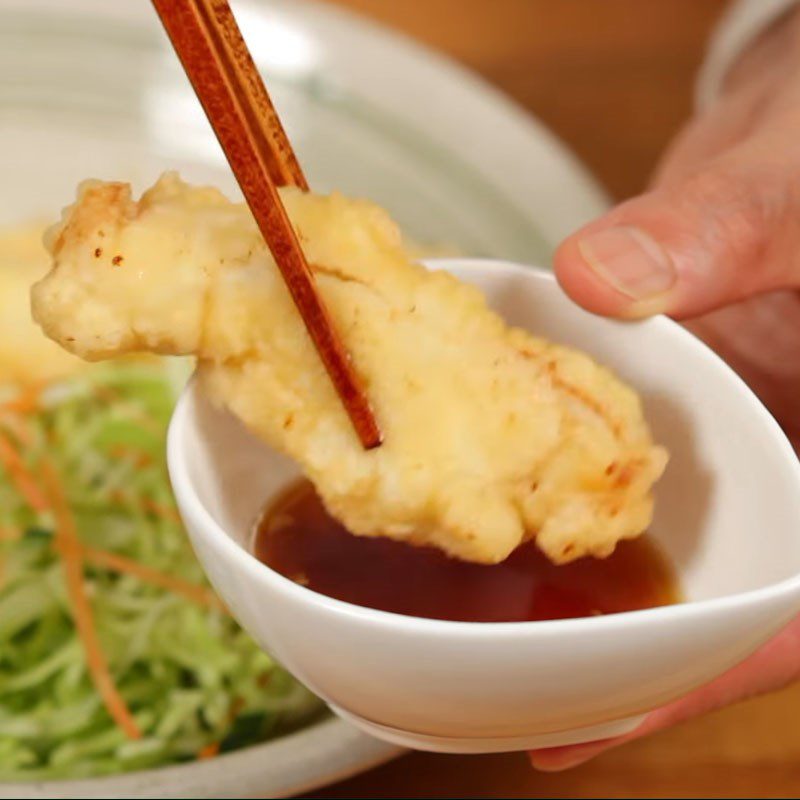
Tips for using leftover cooking oil
- After frying, you should let the oil cool completely, then proceed to filter it through a sieve lined with a paper towel about 2 – 3 times to remove all the remaining residue.
- Store the cooking oil in a glass jar with a tight lid, and keep it in a cool, ventilated place.
- Absolutely do not pour leftover oil back into the bottle of oil you are currently using.
- You should only reuse cooking oil about 1 – 2 times; many health experts believe that reusing cooking oil multiple times can negatively affect health, as some components in cooking oil can easily degrade at high temperatures.
Wishing you success with these delicious 2 shrimp and vegetable seafood tempura and chicken dishes!
*Refer to the recipe and images from 2 YouTube channels Hướng Nghiệp Á Âu and Cooking with Dog
